Innovation in the Japanese garden
Herb
19 years ago
Related Stories
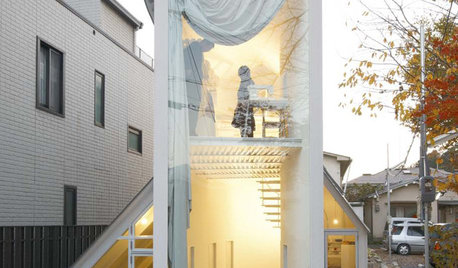
EXTERIORS6 Innovative New Japanese Houses
New book, "How to Make a Japanese House,' celebrates rampant innovations in design for tight quarters
Full Story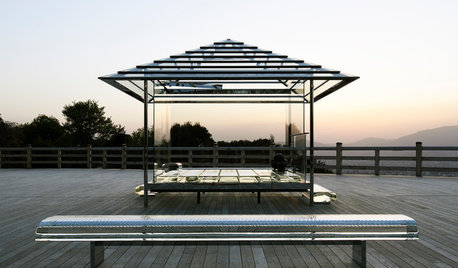
WORLD OF DESIGNWorld of Design: The Enduring Magic of the Japanese Teahouse
The tradition began with Rikyū 500 years ago. See how his innovative spirit lives on in the teahouses of today
Full Story
GROUND COVERSNative Alternatives to English Ivy, Japanese Pachysandra and Periwinkle
These shade-loving ground covers are good for the environment and say something about where you are
Full Story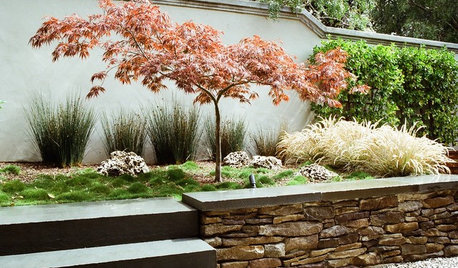
GARDENING AND LANDSCAPINGGreat Design Tree: Japanese Maple
Lacy form and fiery fall color make Japanese maple a welcome tree for garden or patio
Full Story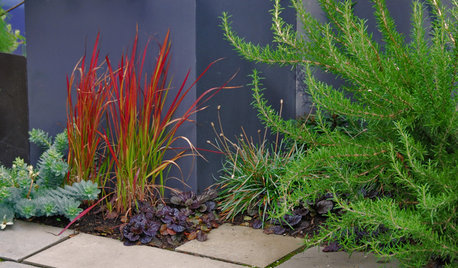
RED FOLIAGEGreat Design Plant: Japanese Blood Grass
This dramatic, ruby-tinged grass bridges the gap between red and green, short and tall plants
Full Story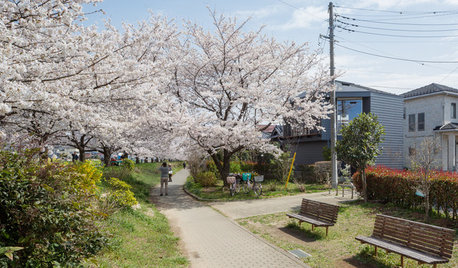
ARCHITECTURE4 Japanese Homes Proudly Speak to Their Surroundings
We’re celebrating the launch of Houzz Japan by exploring 4 key homes that speak to the Japanese lifestyle and landscape
Full Story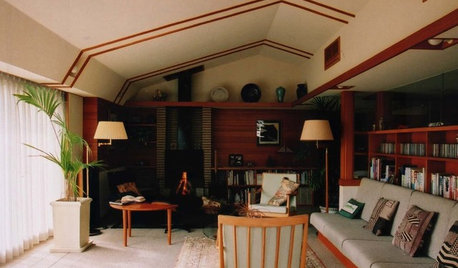
HOMES AROUND THE WORLDHow Japanese Architects Have Built on the Work of Frank Lloyd Wright
The design philosophy of the U.S. architect, who worked for a time in Japan, has been kept alive by generations of Japanese architects
Full Story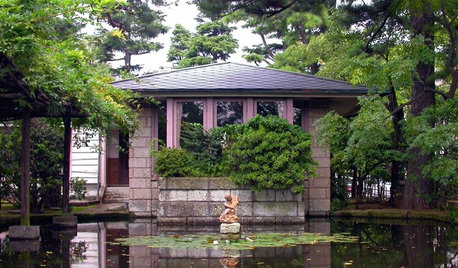
HOMES AROUND THE WORLDHow Frank Lloyd Wright Influenced Japanese Architecture
During his time in Japan, the pioneering U.S. architect inspired other designers there, who integrated his philosophy into their work
Full Story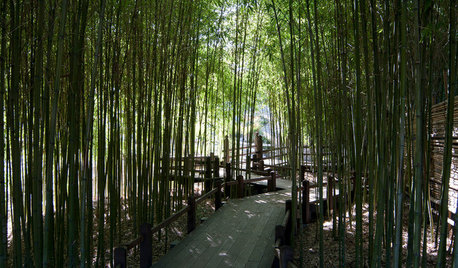
INSPIRING GARDENSStroll Through a Magnificent Japanese Garden, Newly Renovated
Get a glimpse of the Huntington's Japanese Garden today along with its storied past in a glossy new book
Full Story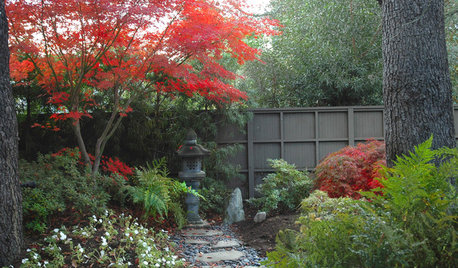
LANDSCAPE DESIGNLay of the Landscape: Create the Beauty of a Japanese Garden
Balance, enclosures and the forms of nature combine in serene Japanese garden design. Bring the look home with some of these principles
Full StorySponsored






ltfuzz
bonsai_audge
Related Professionals
Bridgetown Landscape Architects & Landscape Designers · Chelmsford Landscape Contractors · Corona Landscape Contractors · Cudahy Landscape Contractors · Fridley Landscape Contractors · Little Ferry Landscape Contractors · Vineyard Landscape Contractors · Lauderdale Lakes Landscape Contractors · North Hills Landscape Contractors · Clearfield Landscape Contractors · Brooklyn Park Decks, Patios & Outdoor Enclosures · Cary Decks, Patios & Outdoor Enclosures · Crestline Decks, Patios & Outdoor Enclosures · High Point Decks, Patios & Outdoor Enclosures · Scotts Valley Decks, Patios & Outdoor EnclosuresHerbOriginal Author
Gorfram
jackarias
bonsai_audge
HerbOriginal Author
Gorfram
SilverVista
bonsai_audge
Liviu
Tonyzone9
inkognito
bambooo
Gorfram
inkognito
Gorfram
Liviu
HerbOriginal Author
Gorfram
Gorfram
Liviu